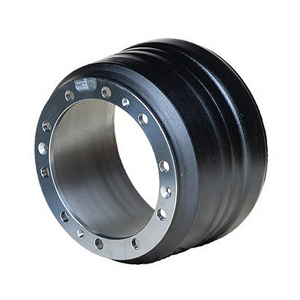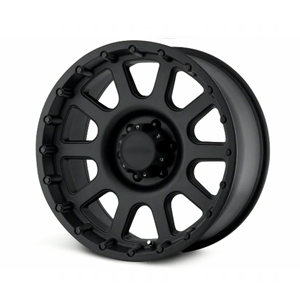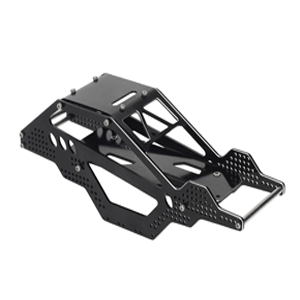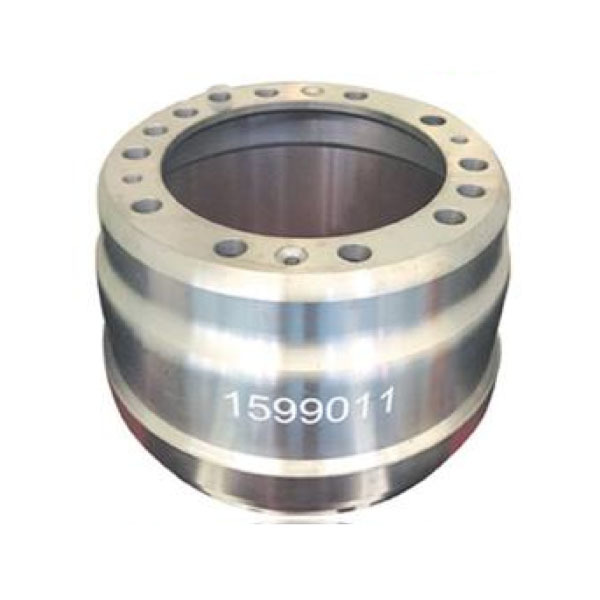Common faults of automobile shock absorbers
Dec 05,2024
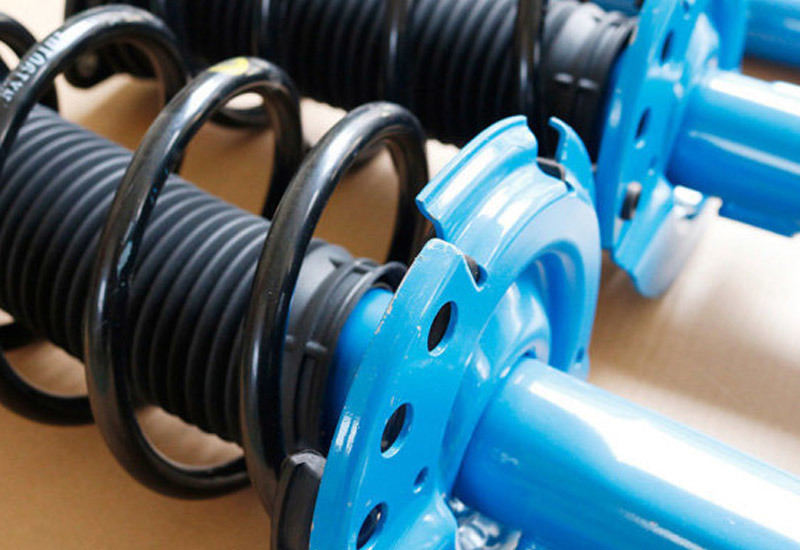
In order to quickly attenuate the vibration of the frame and body and improve the smoothness and comfort of the car's driving, shock absorbers are generally installed on the car suspension system. At present, the double-acting cylinder shock absorbers are widely used in cars.
Shock absorbers are vulnerable parts during the use of cars. The quality of the shock absorber will directly affect the stability of the car's driving and the life of other parts. Therefore, we should keep the shock absorber in good working condition. The following methods can be used to check whether the shock absorber is working well.
1. Stop the car after driving 10 kilometers on a road with poor road conditions. Touch the shock absorber shell with your hand. If it is not hot enough, it means that there is no resistance inside the shock absorber and the shock absorber does not work. At this time, you can add appropriate lubricating oil and then test it. If the shell is hot, it means that the shock absorber is short of oil inside and you should add enough oil; otherwise, it means that the shock absorber is ineffective.
2. Press the bumper hard and then release it. If the car jumps 2-3 times, it means that the shock absorber is working well.
3. When the car is driving slowly and emergency braking is applied, if the car vibrates violently, it means that there is a problem with the shock absorber.
4. Remove the shock absorber and stand it upright, and clamp the lower connecting ring on the vise. Pull and press the shock absorber rod several times. There should be stable resistance at this time. The resistance to pull up should be greater than the resistance when pressing down. If the resistance is unstable or there is no resistance, it may be that the shock absorber is short of oil or the valve parts are damaged. Repair or replace the parts.
After determining that the shock absorber has a problem or fails, check whether the shock absorber is leaking oil or has traces of old oil leakage.
If oil leakage is found, first tighten the cylinder head nut. If the shock absorber still leaks oil, it may be that the oil seal or sealing gasket is damaged and fails. New seals should be replaced. If the oil leakage still cannot be eliminated, the shock absorber rod should be pulled out. If there is a card or the weight is different, further check whether the gap between the piston and the cylinder is too large, whether the shock absorber piston connecting rod is bent, and whether the piston connecting rod surface and the cylinder are scratched or pulled.
If the shock absorber does not leak oil, check whether the shock absorber connecting pin, connecting rod, connecting hole, rubber bushing, etc. are damaged, desoldered, cracked or detached. If the above inspection is normal, the shock absorber should be further disassembled to check whether the matching gap between the piston and the cylinder is too large, whether the cylinder is pulled, whether the valve seal is good, whether the valve disc and the valve seat are tightly fitted, and whether the shock absorber extension spring is too soft or broken. Repair it by grinding or replacing parts according to the situation.
In addition, the shock absorber may make noises during actual use. This is mainly due to the collision between the shock absorber and the leaf spring, frame or axle, damage or falling off of the rubber pad, deformation of the shock absorber dust sleeve, insufficient oil, etc. The cause should be found out and repaired.
Contact
E-mail:
Phone
Add:
West of Dongwang Village, Gucheng Town, Longyao County, Xingtai City, Hebei Province


